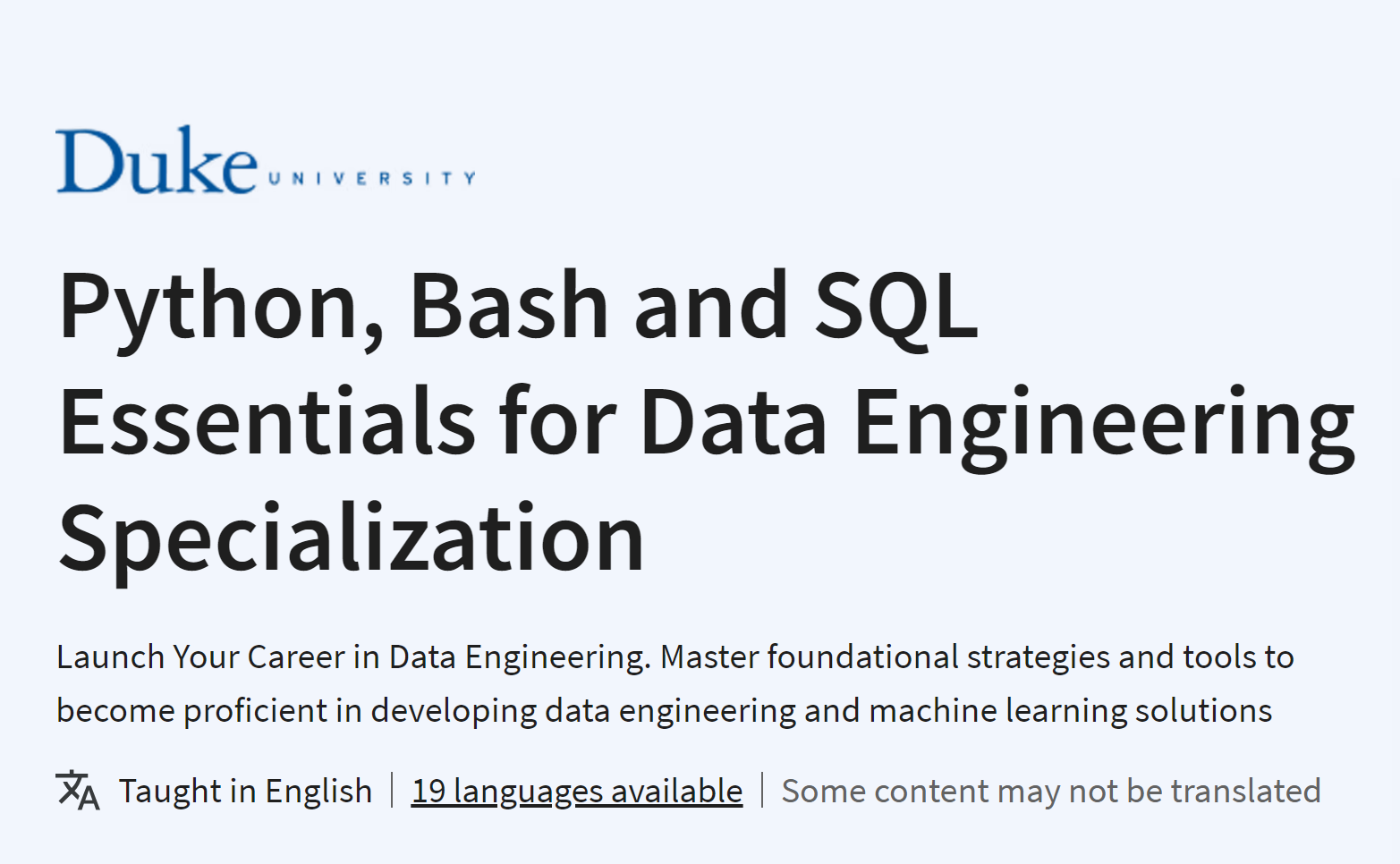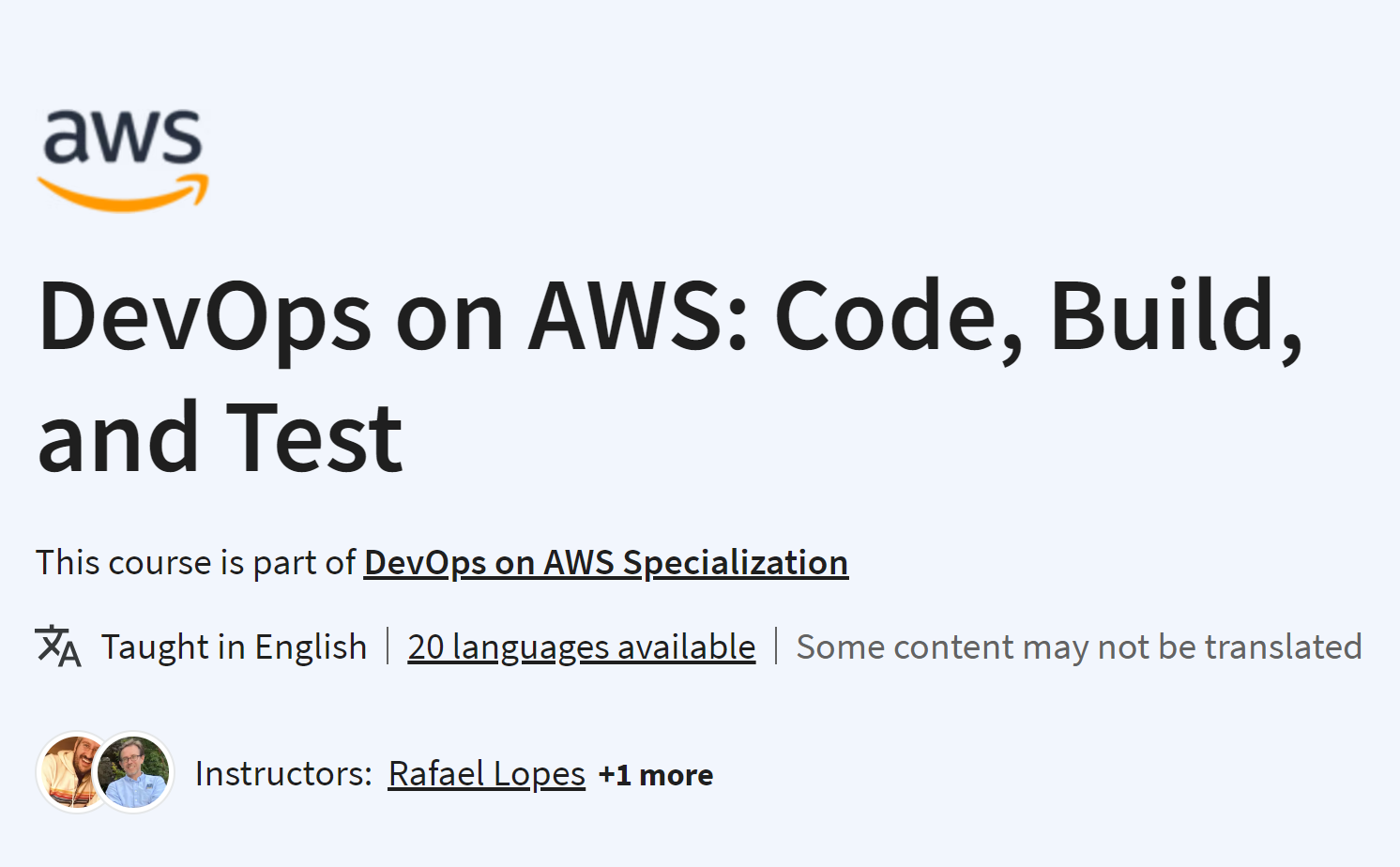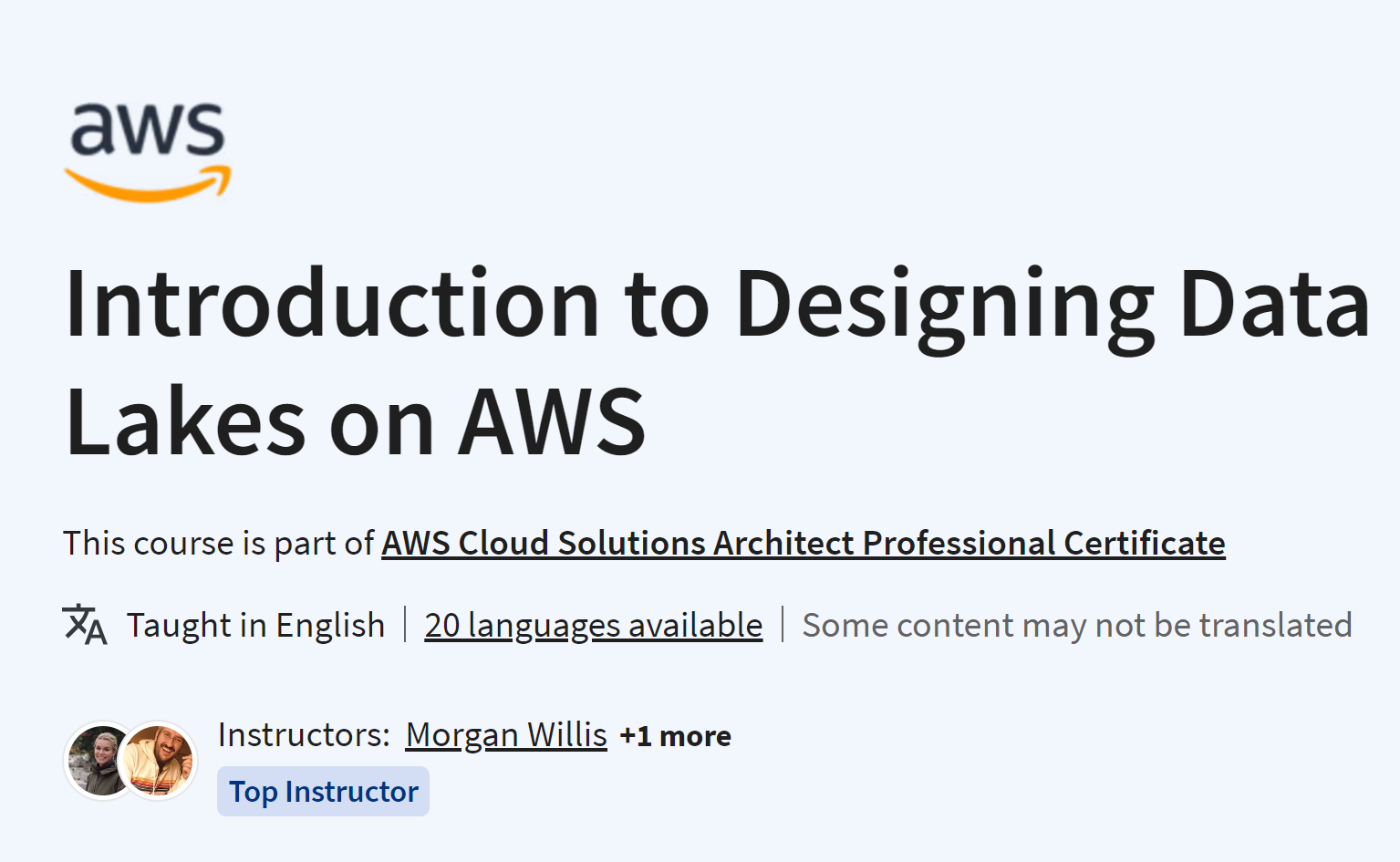Best-selling author Al Sweigart shows you how to easily build over 80 fun programs with minimal code and maximum creativity.
If you’ve mastered basic Python syntax and you’re ready to start writing programs, you’ll find The Big Book of Small Python Projects both enlightening and fun. This collection of 81 Python projects will have you making digital art, games, animations, counting pro- grams, and more right away. Once you see how the code works, you’ll practice re-creating the programs and experiment by adding your own custom touches.
These simple, text-based programs are 256 lines of code or less. And whether it’s a vintage screensaver, a snail-racing game, a clickbait headline generator, or animated strands of DNA, each project is designed to be self-contained so you can easily share it online.
You’ll create:
• Hangman, Blackjack, and other games to play against your friends or the computer
• Simulations of a forest fire, a million dice rolls, and a Japanese abacus
• Animations like a virtual fish tank, a rotating cube, and a bouncing DVD logo screensaver
• A first-person 3D maze game
• Encryption programs that use ciphers like ROT13 and Vigenère to conceal text
If you’re tired of standard step-by-step tutorials, you’ll love the learn-by-doing approach of The Big Book of Small Python Projects. It’s proof that good things come in small programs!




.png)
.png)












.PNG)




.png)


























.png)























